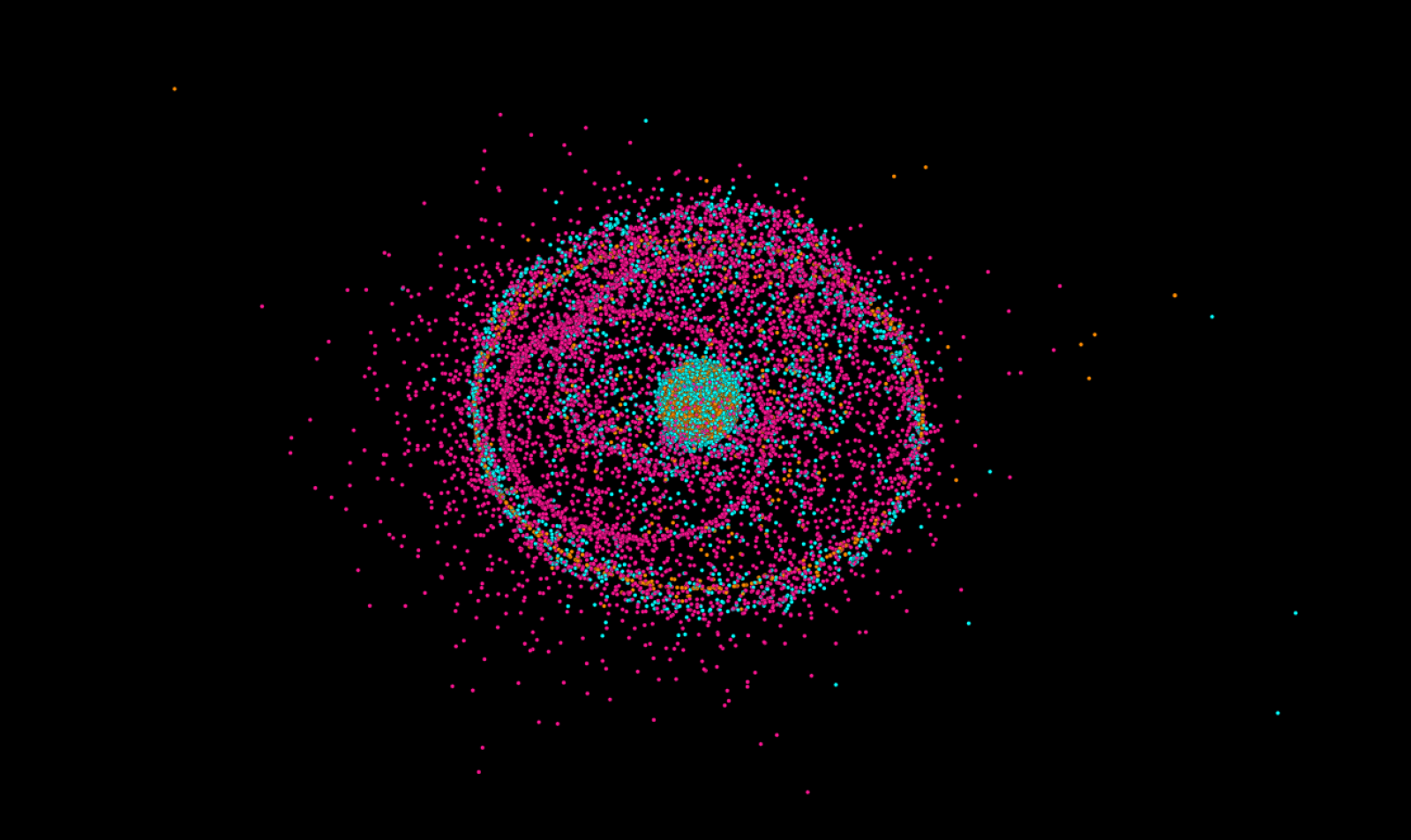
On March 1, Steve Wozniak’s Privateer officially came out of stealth mode, releasing its first space tracking app named “Wayfinder,” allowing you to visualize and track orbiting satellites and space debris.
Announced last September, Privateer’s mission is to help “humanity treat the space environment as if our lives depend on it.” Its first step is an open and near real-time visualization of current space assets and debris named “Wayfinder.”
Wayfinder is a 3D globe that allows satellite operators and the casual observer to peel back the layers of constellations, orbits, and countries to get a better picture of what is going on up there. Available now on the company’s website, you can also scrub both forwards and backward in time to track the positions of satellites.
It’s an incredibly proud moment to be able to officially launch Privateer and our knowledge graph technology. Privateer’s data engine will power the applications building the space economy and today, we’ve taken the first step by unveiling our first app, Wayfinder and its interactive visualizations of the data of what’s in orbit.
Alex Fielding, CEO and cofounder of Privateer
Currently, the map gathers data from four sources: US Space Command, Planet Labs, JSC Vimpel (Russia), and SeeSat-L. It will continue to use the best ground-based solutions from its partners and even its own space-based tracking solutions in the future. The company’s planned group of satellite and debris tracking satellites is called Pono, which is Hawaiian for “do the right thing” or “treating humanity with respect,” which definitely fits the company’s mantra.
Privateer’s API will be for all space-based application developers, letting them worry about innovating in the industry with tow/tug operations or orbital refueling, and not about building a tracking map of their own.
We’re at a clear inflection point and facing exponential growth of space commercialization. At Privateer, we see this turning point as a real opportunity to lead and educate people about space sustainability and, for space operators, help ensure their safety and sustainability. Having a better, global understanding of what’s already up in space is critical to powering the new space economy.
Steve Wozniak, cofounder of Privateer
Why is space debris tracking important?
With the new growth of the space industry, both on the ground and in space, we are facing an increasing number of items orbiting near important assets we use daily. Tasks like communications and navigation to even features like “Find My iPhone” use satellites to operate.
In total, we can track more than 27,000 objects in orbit right now, but the number of items that are 1 mm or larger is estimated to be much closer to 100 million. The smaller the object is, the harder it can be to track, but its ability to cause damage is just as high. Just a spec of paint traveling at 17,000 miles per hour can cause catastrophic damage to a satellite and take down those services we mentioned earlier.
Privateer believes in providing everyone with more common knowledge about space. Only common knowledge can result in common practice. By using space as humanity’s mirror, Privateer will motivate everyone to understand why we must embrace stewardship and protect our environment.
Dr. Moriba Jah, Chief Scientist and co-founder of Privateer
Dr. Moriba Jah, an associate professor at the University of Texas at Austin, has been working to find a solution for tracking what is up there for years. He described the connection with Privateer as similar to the Florence families of The Renaissance that funded the arts and sciences of that era. “I came to realize that government alone can’t just solve this sort of thing,” Jah said on a call with Space Explored.
Jah describes Wayfinder as the “Waze” or “Zillow” of low Earth orbit. It is a tool that is open to anyone to contribute to and will allow you to dig deep and learn about what sort of assets are up there and how to handle them. Figuring that out can be hard, as Jah says, “They’re not like, ‘Hey, I’m object 1, 2, 3.’ No, you gotta play Sherlock Holmes to figure that out.”
The responsibility of space debris moderation, Jah says, lies with the launching governments, meaning there need to be laws and regulations to control what is happening. “Governments need to say, these are the space laws. You want to get a license to launch and operate and do whatever? These are the things that you have to abide by. That’s what needs to happen.”
Enjoy reading Space Explored?
Help others find us by following on Apple News and Google News. Be sure to check us out on YouTube, Twitter, Facebook, and Instagram, join our Discord!
FTC: We use income earning auto affiliate links. More.

Comments